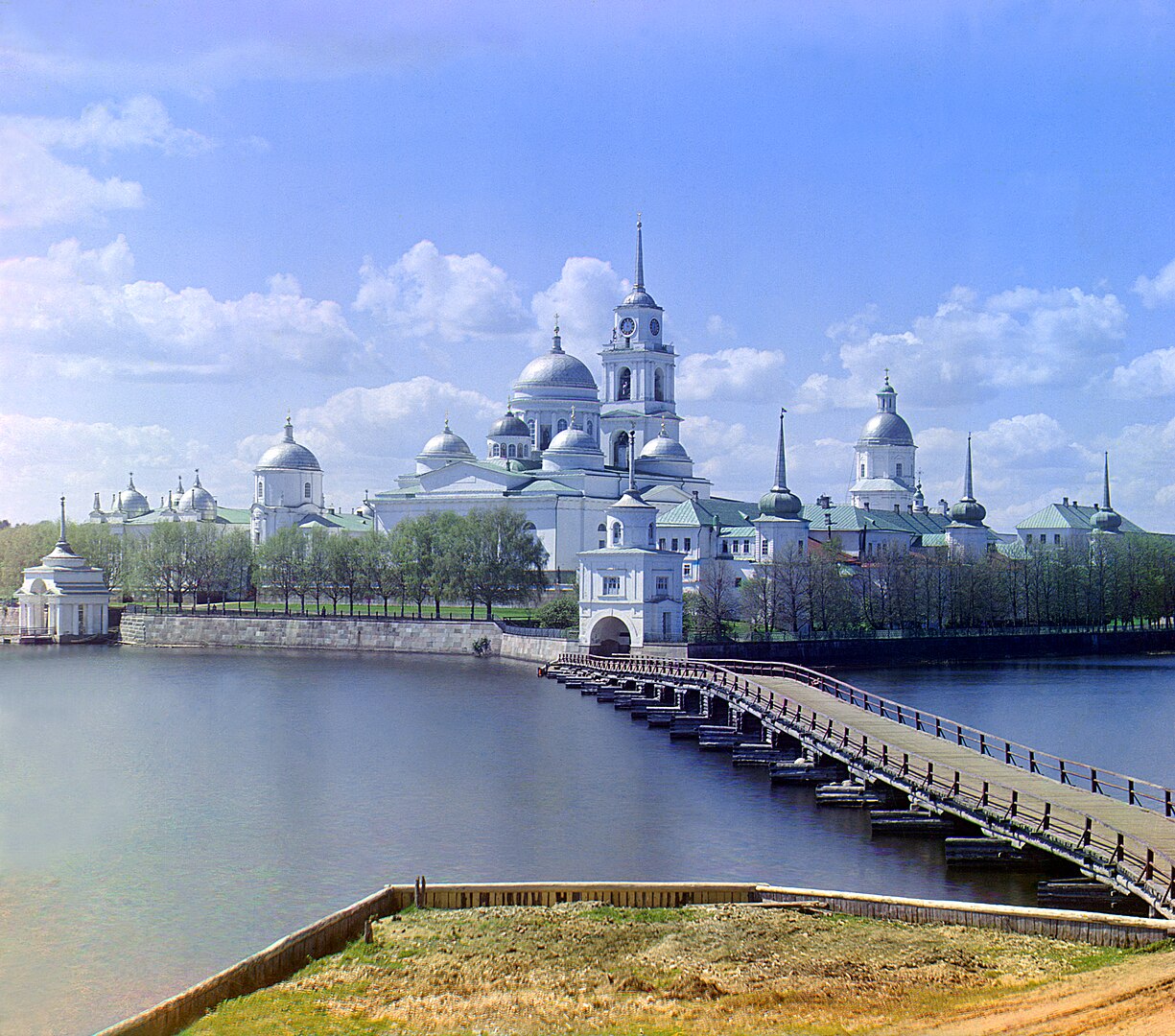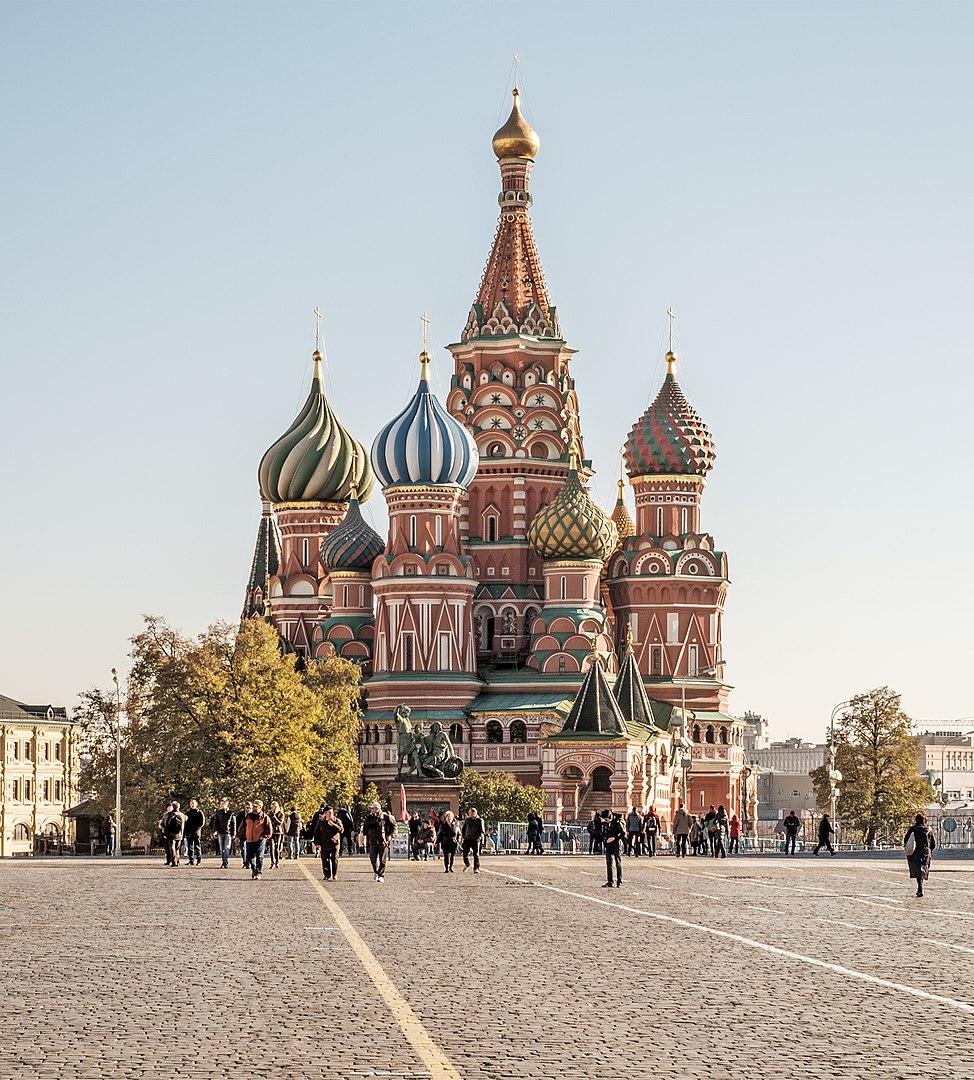
Saint Basil’s Cathedral
Showcase of Muscovite Russian Architecture
Russian architecture during the Moscovite period is characterized by its unique synthesis of native traditions and foreign influences, particularly from Italy. Here’s an overview of its origins, development, and the Italian influence:
Origins of Moscow and the Muscovite Style
- Founding of Moscow: Moscow was founded in 1147 by Prince Yuri Dolgorukiy. It became the center of the Grand Duchy of Moscow, which emerged as a significant political and cultural center by the late 14th and early 15th centuries.
- Kremlin as a Symbol: The Moscow Kremlin, initially built as a wooden fort, became the seat of power. It was continuously expanded and rebuilt, playing a crucial role in shaping the city’s architectural style.
Development of Muscovite Architecture
- Onion Domes: One of the most distinctive features of Muscovite architecture is the onion dome, which is believed to symbolize the burning flame of faith.
- Tent Roofs: Another feature is the tent roof (shatyor), used in church designs to provide a unique and tall silhouette against the sky.
- Color and Ornamentation: Rich decoration, vibrant colors, and intricate brickwork became hallmarks of the style.
Italian Influence
- Ivan III and the Renaissance Influence**: In the late 15th century, Ivan III invited Italian architects to Moscow to modernize the Kremlin and other important structures. This marked a significant turning point, introducing Renaissance elements into Russian architecture.
- – **Notable Architects**: Among the Italian architects were Aristotele Fioravanti, who rebuilt the Assumption Cathedral in the Kremlin, and Pietro Antonio Solari and Aloisio the New, who contributed to the construction of the Kremlin walls and towers.
Architectural Innovations
- Blending Styles: The Italians brought with them advanced engineering techniques and Renaissance aesthetics, which they blended with traditional Russian forms. This fusion gave rise to unique structures combining the best of both worlds.
- Key Structures:
- Assumption Cathedral: Designed by Fioravanti, it incorporated the classic Russian cross-in-square layout but with Renaissance proportions and structural innovations.
- Kremlin Walls and Towers: The reconstruction and expansion of the Kremlin fortifications under Italian guidance introduced new defensive features and aesthetic enhancements.
Notable Examples of Muscovite Architecture
- St. Basil’s Cathedral: Built by Russian architects Barma and Postnik under the commission of Ivan the Terrible, it epitomizes the Muscovite style with its colorful onion domes and intricate design.
- Ivan the Great Bell Tower: This tall structure within the Kremlin complex was influenced by Renaissance architecture but adapted to Russian traditions.
- – **Church of the Ascension in Kolomenskoye: An early example of the tent roof style, this church showcases the evolution of Russian church architecture during the period.
Legacy
Saint George Cathedral
Yuryev, Polsky
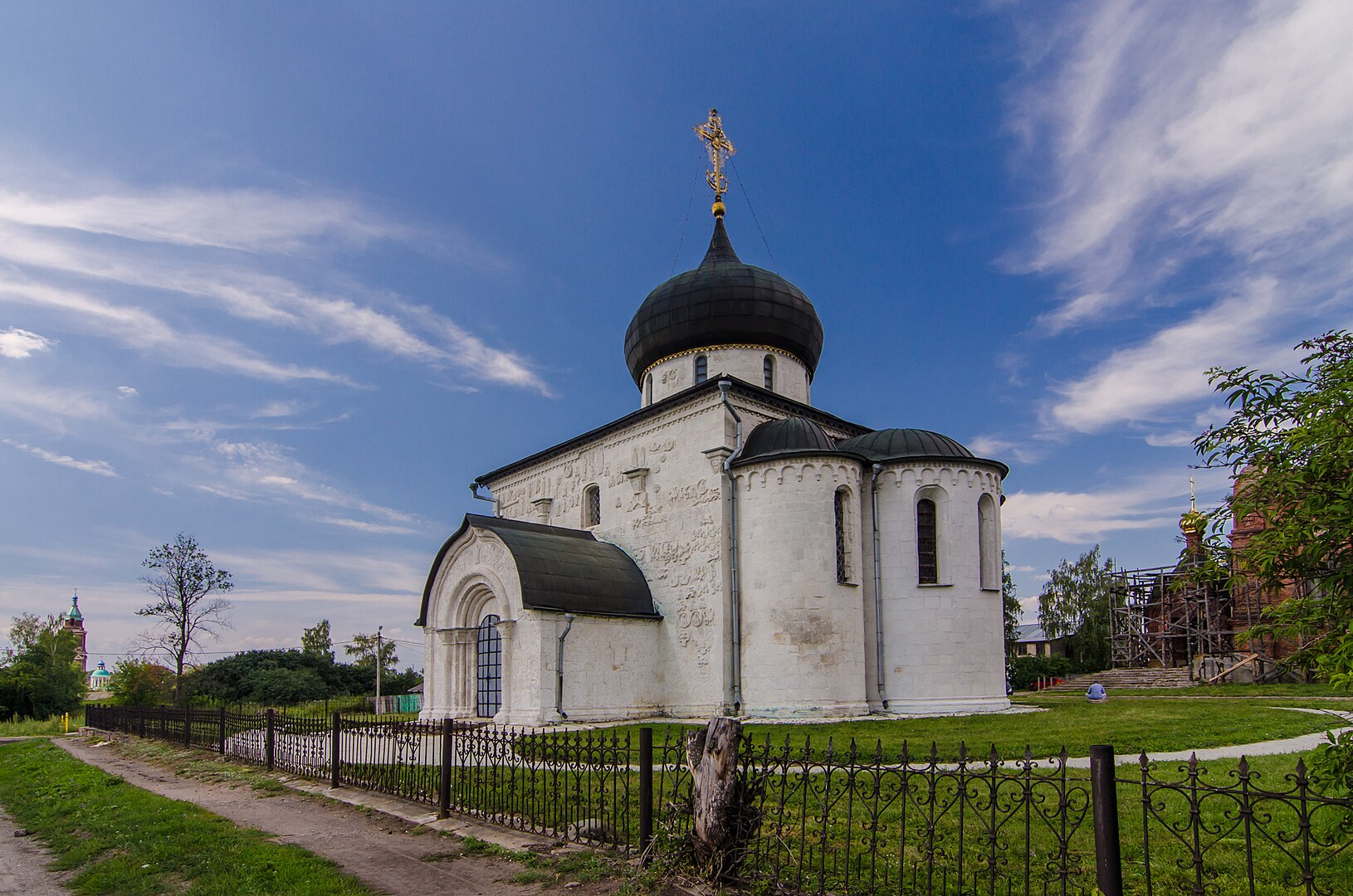
Church of the Transfiguration on Ilyina Street
Inveliky Novgorod
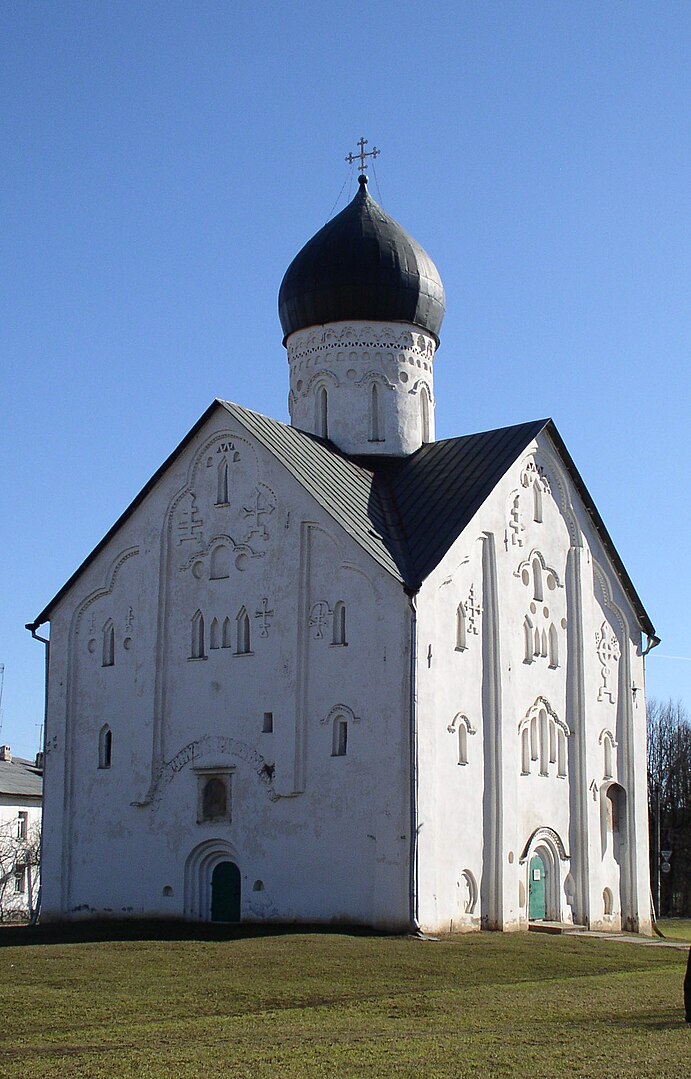
Episcopal Palace
Suzdal
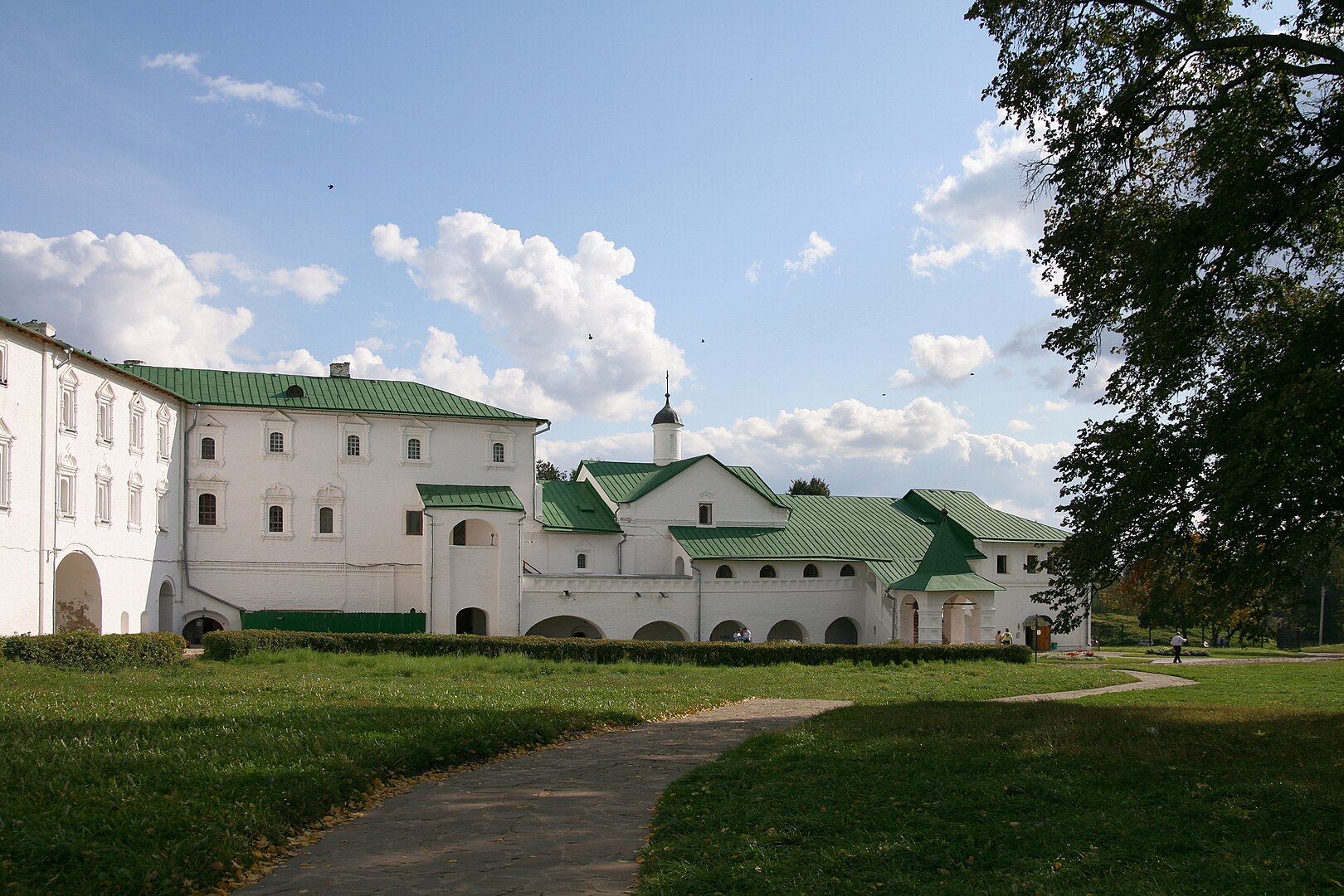
Savvina Storozhevsky Monastery
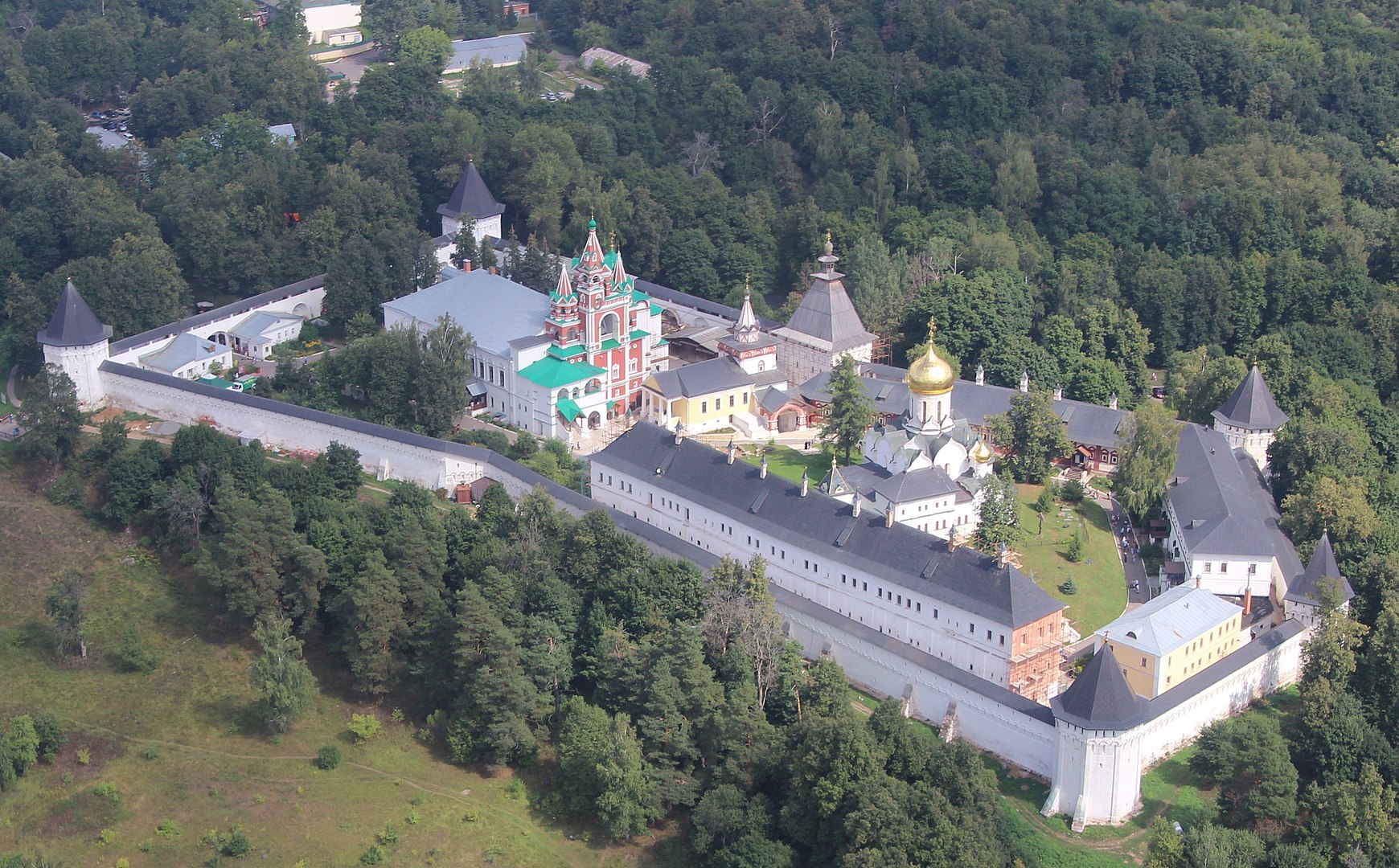
Savious Cathedral of Andronikov Monastery
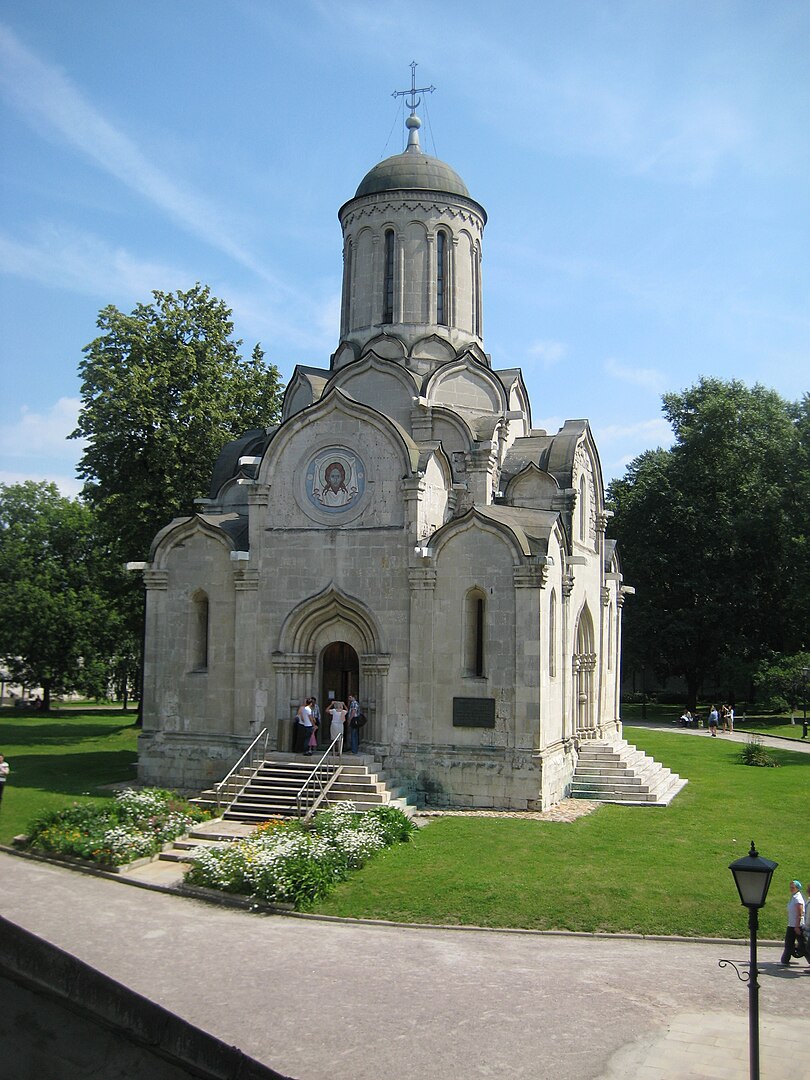
Trinity Cathedral of the Trinity Lavra
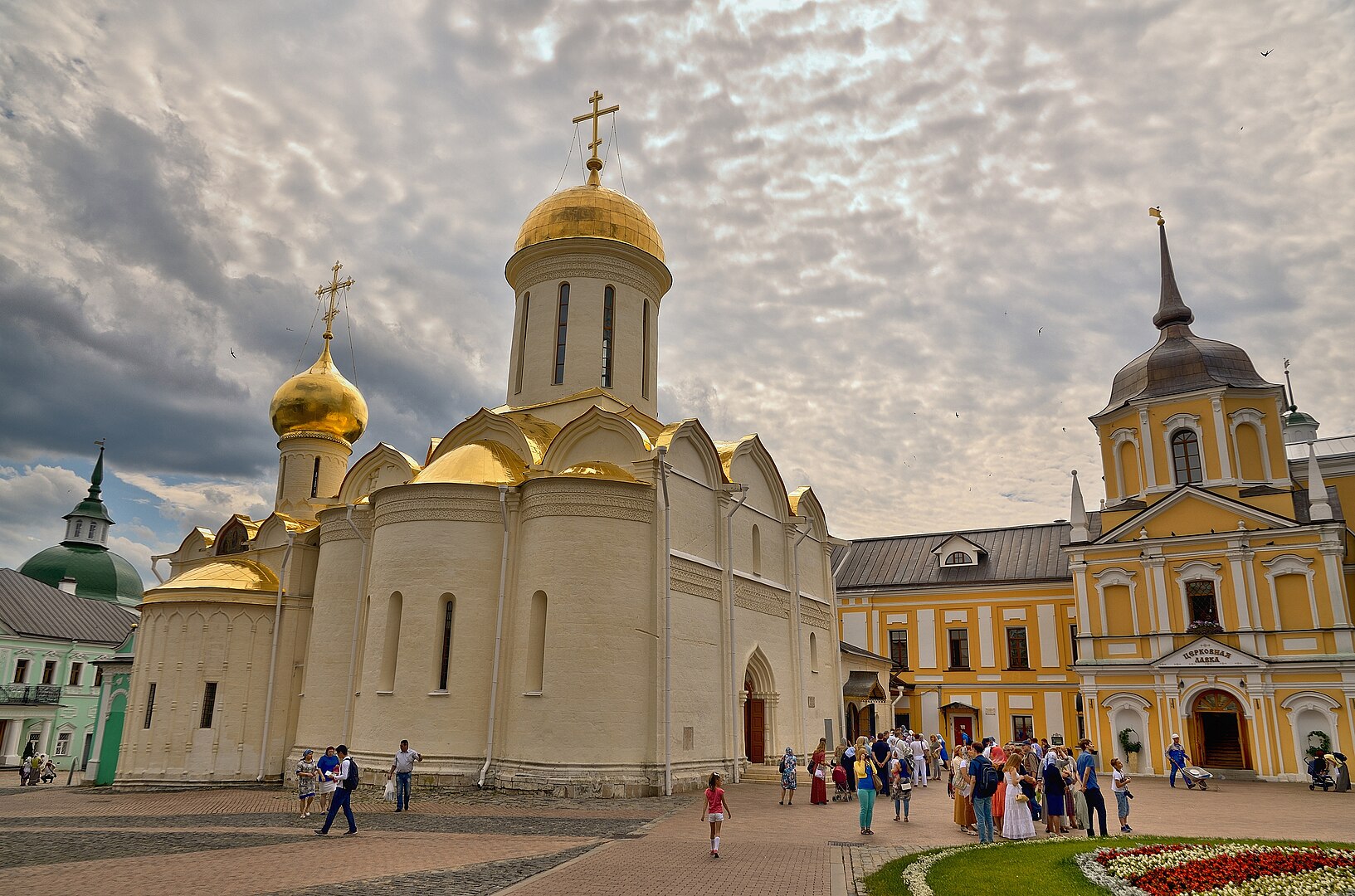
The Cathedral of the Dormition
Moscow

The Cathedral of the Mormition
Moscow
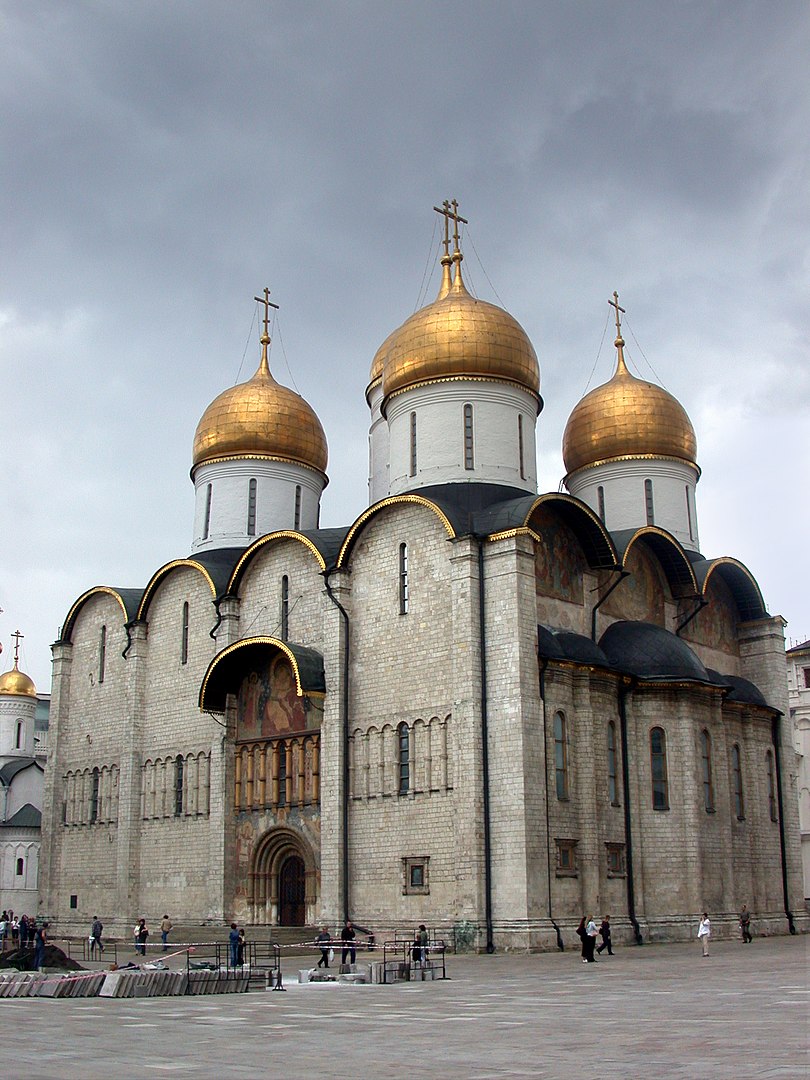
Tsarevich Dmitry Palace
Uglich
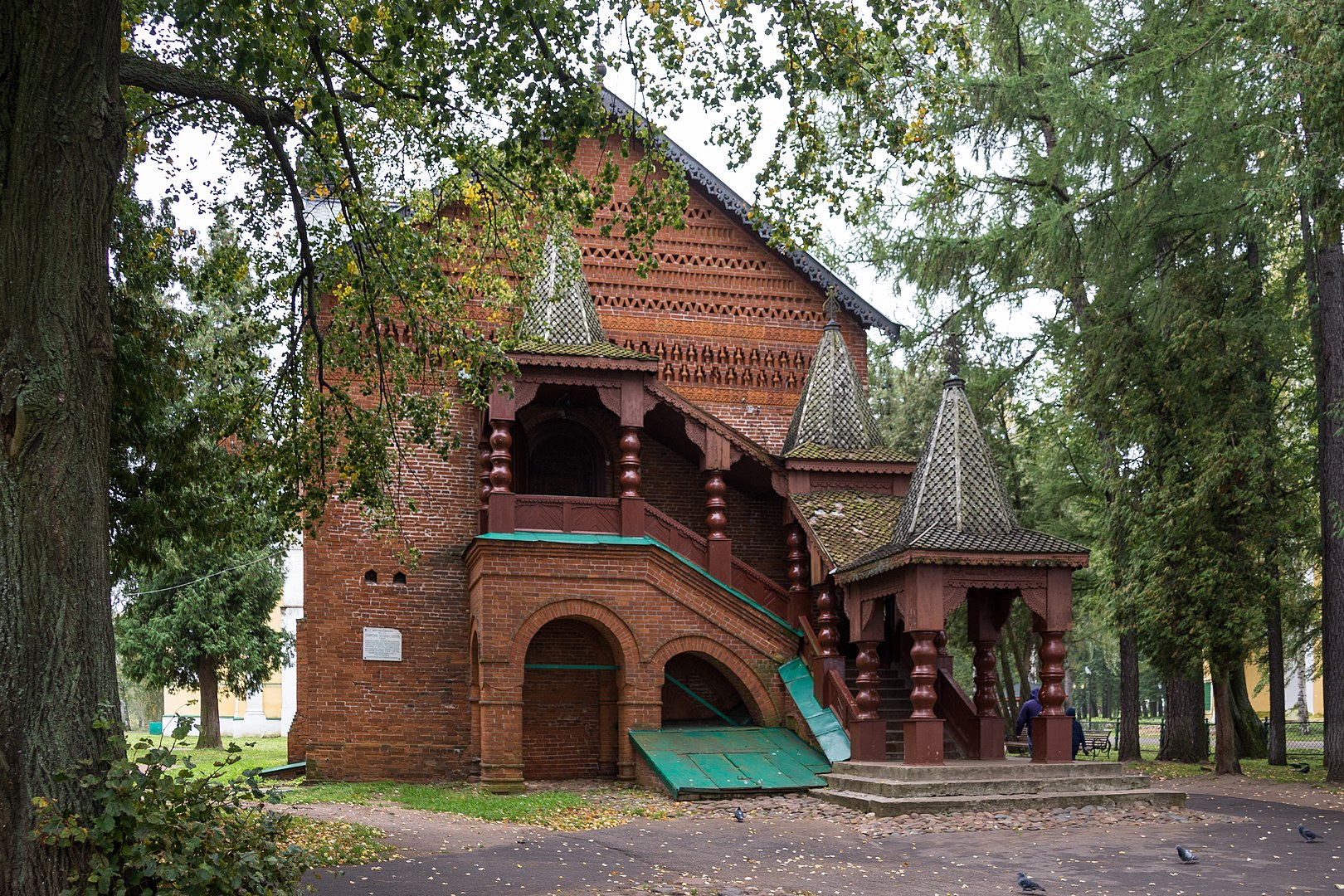
Palace of Facets
Moscow Kremlin
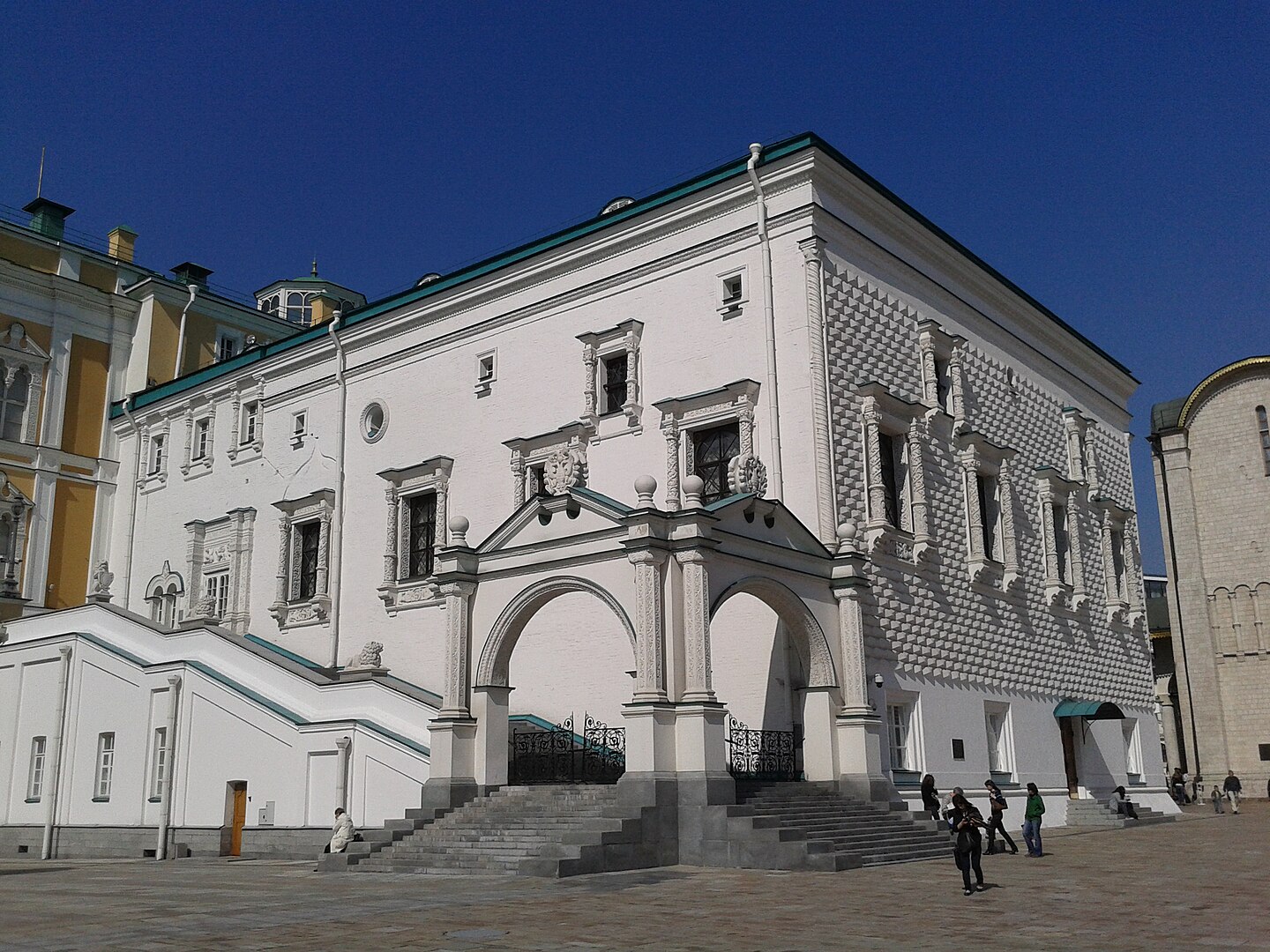
Old English Court Headquarters of English
Muscovy Company

Spasskaya Tower
Moskow Kremlin
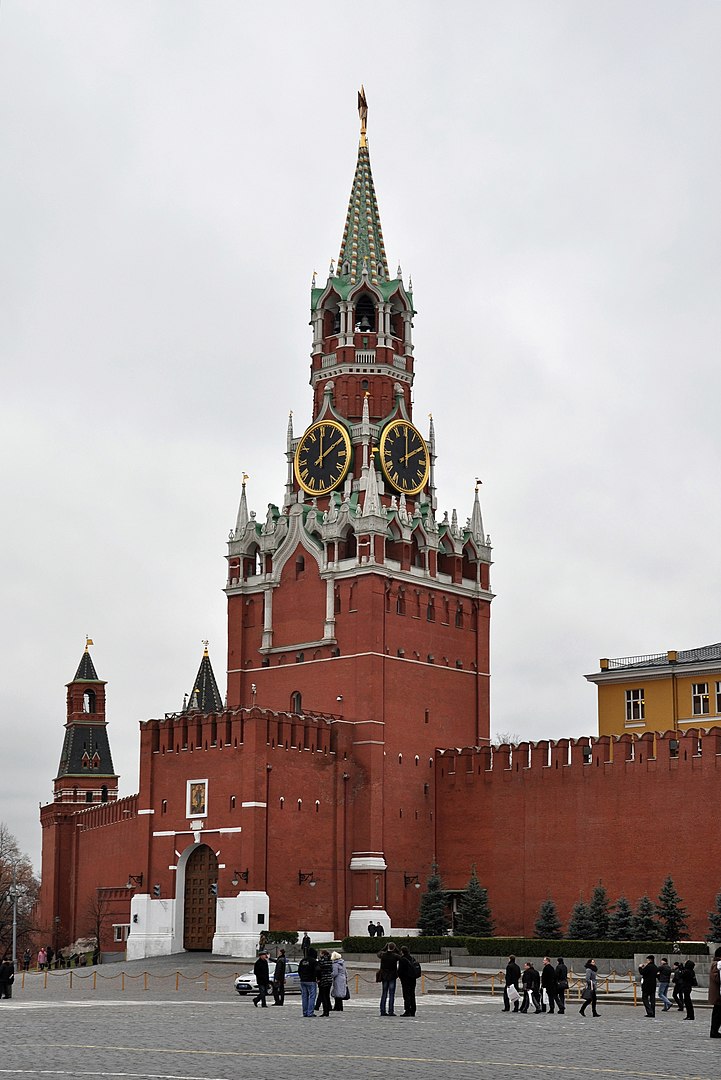
Reconstructed Example of Russian Wooden Architecture
Moscow
Typical for the Russian Architecture
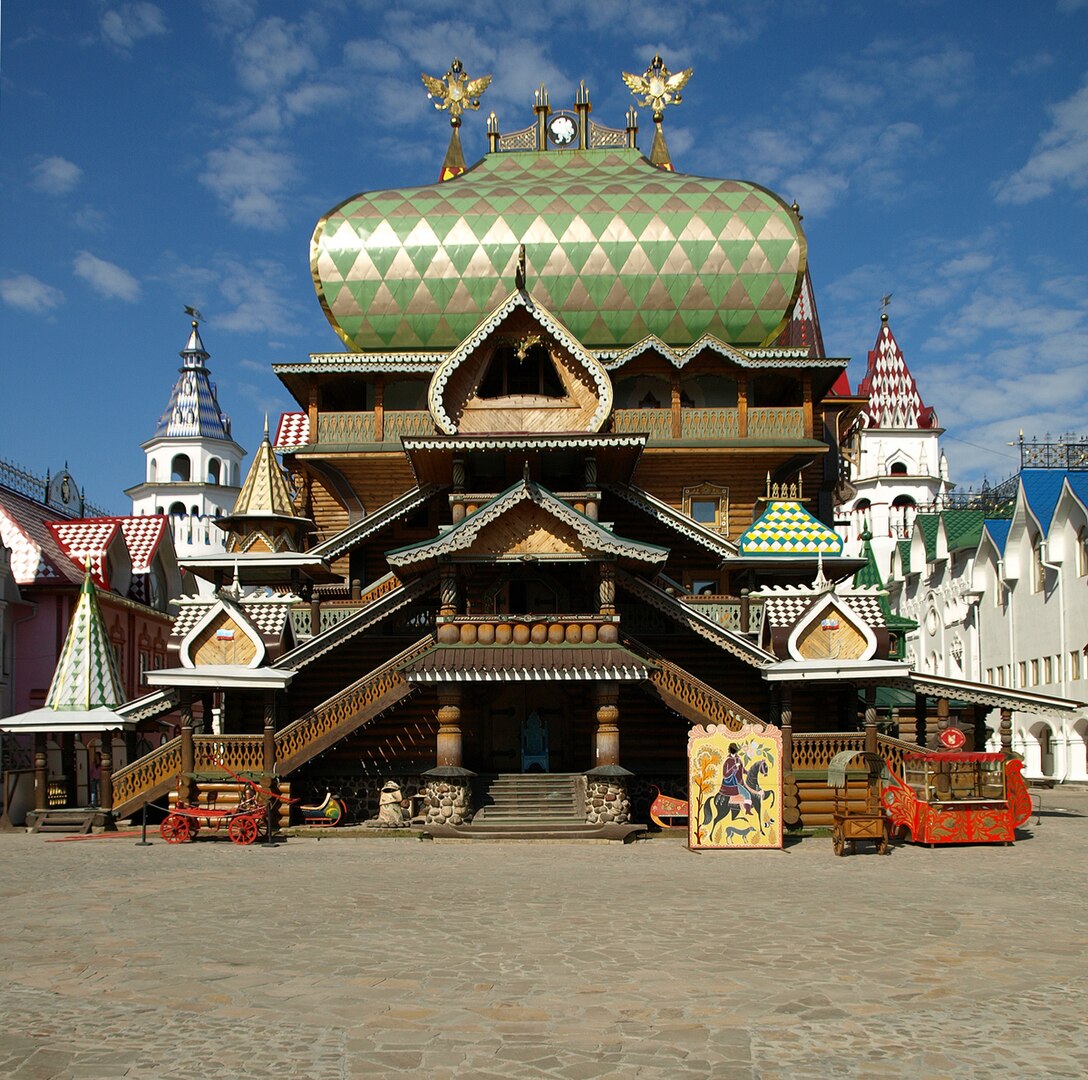
Ivan the Great Bell Tower
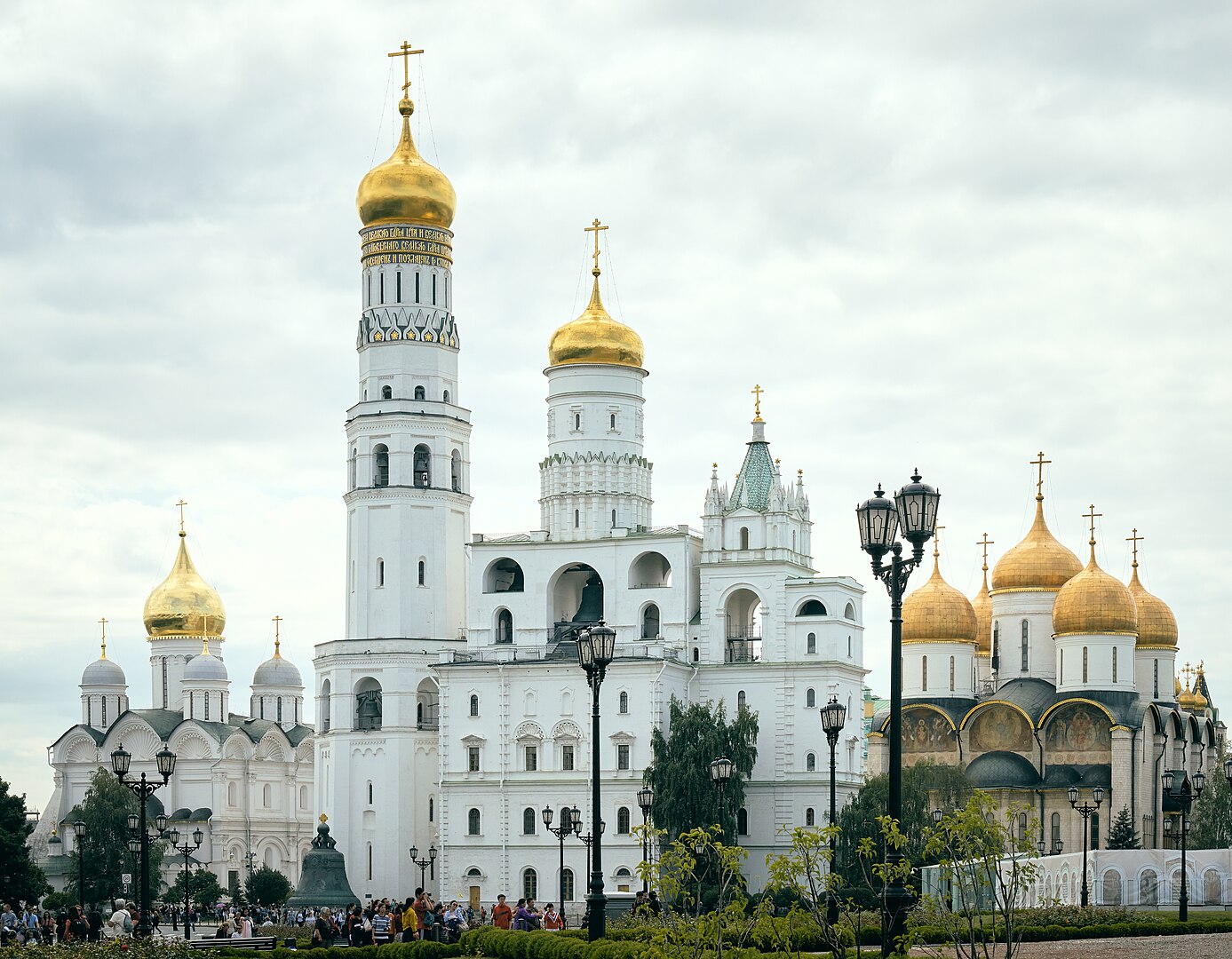
Ivan the Great Bell Tower
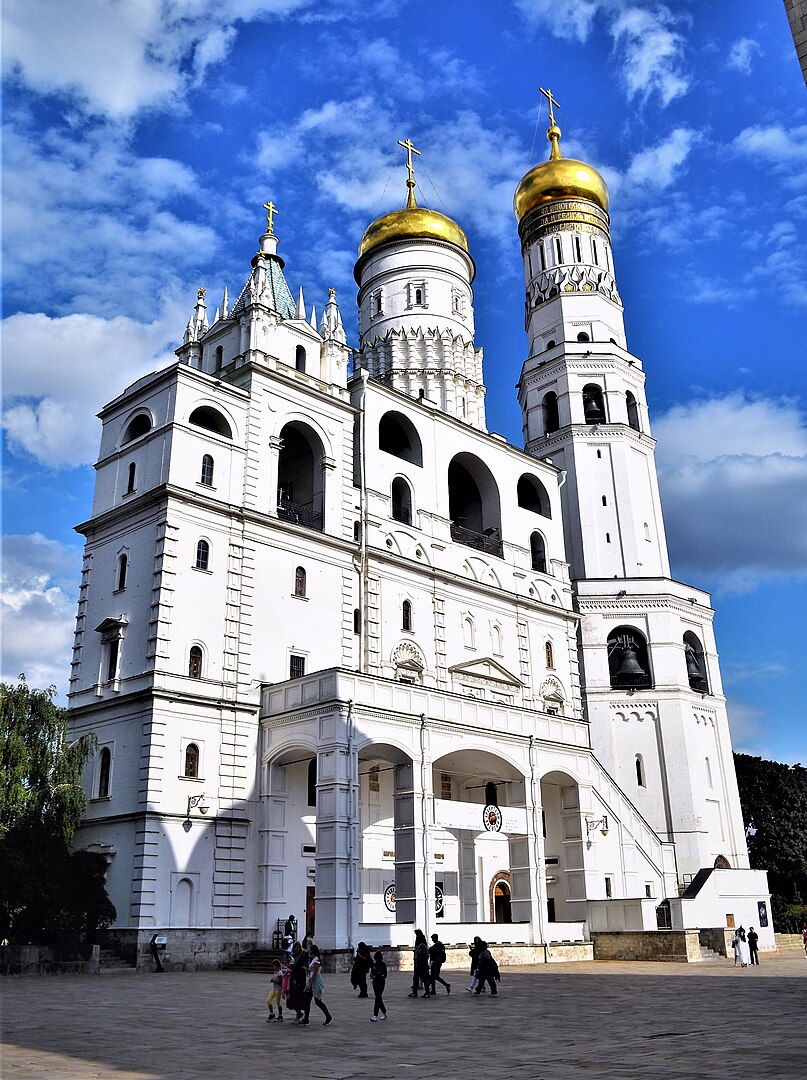
Church of the Asciension in Kolomenskoe
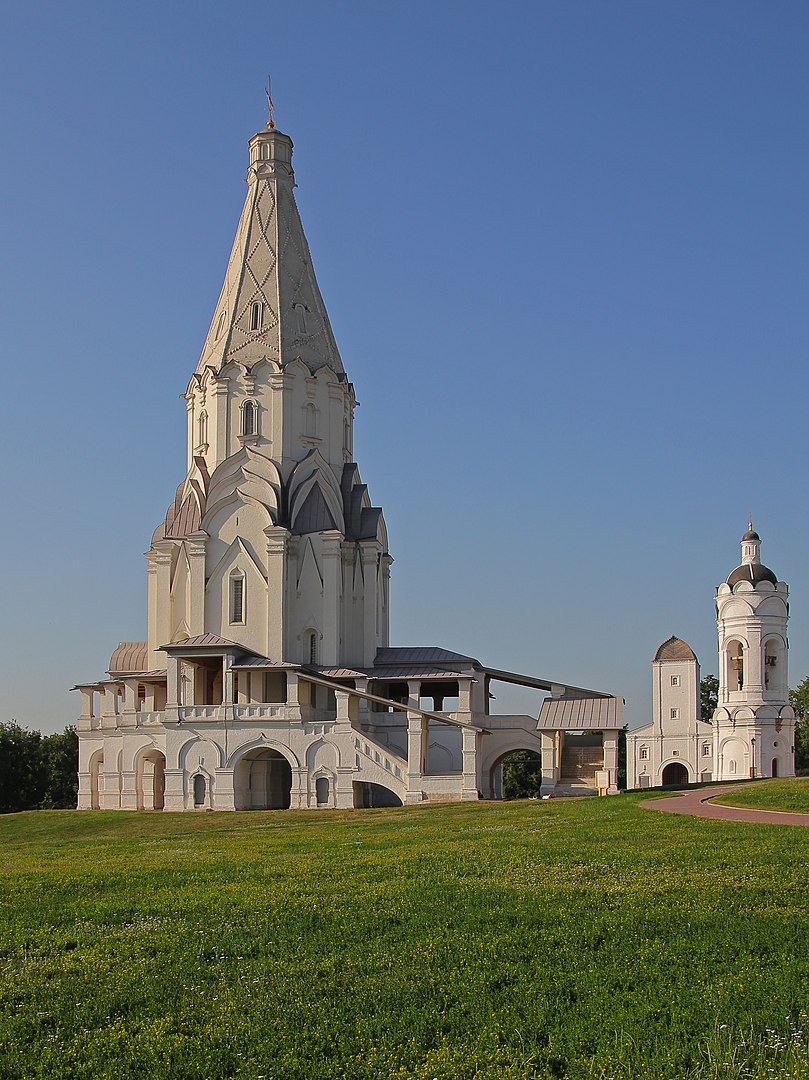
Church of the Ascension
Kolomenskoe

Iberian Gate and Chapel
Moscow
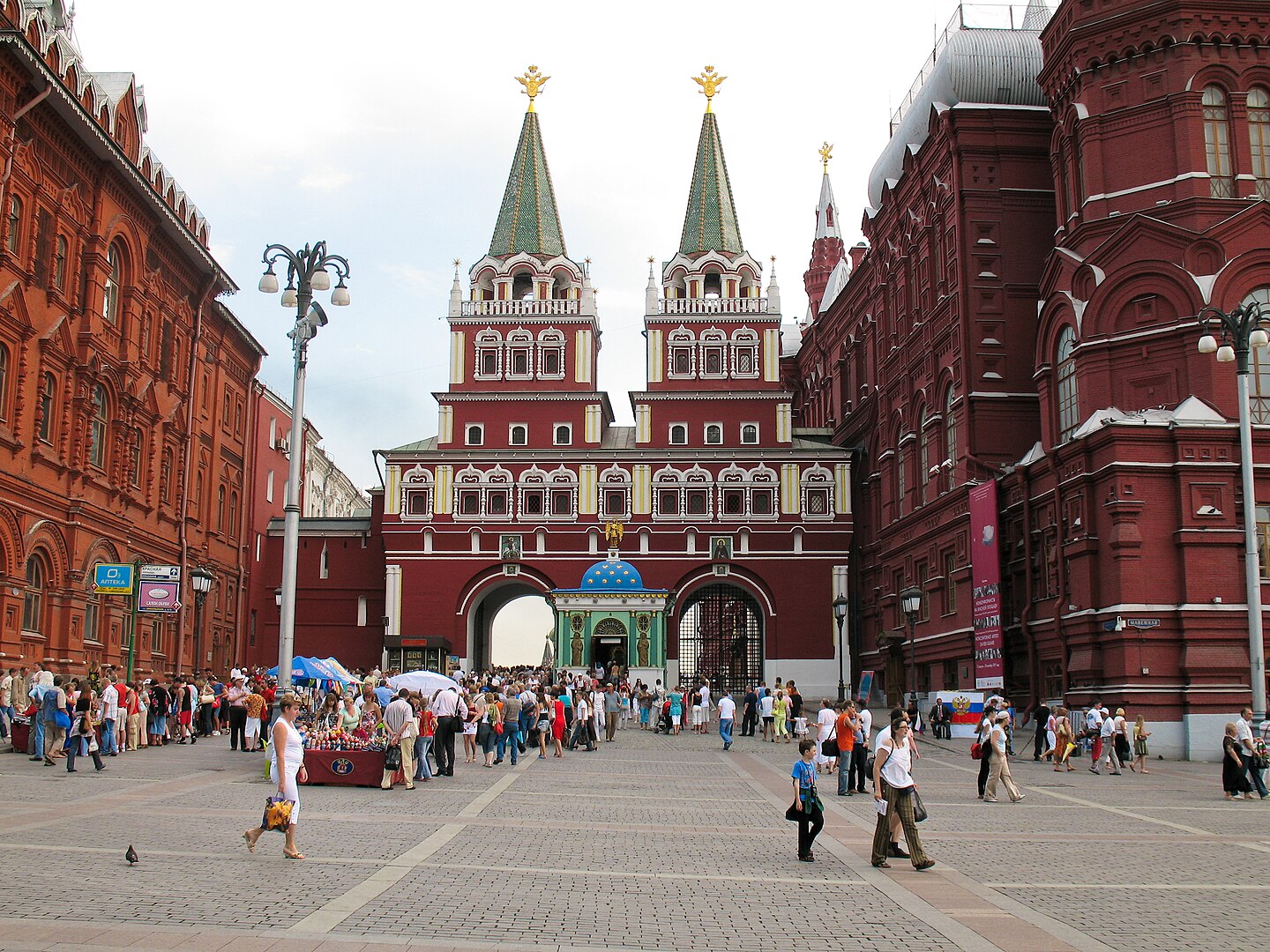
Terem Palace
Moscow
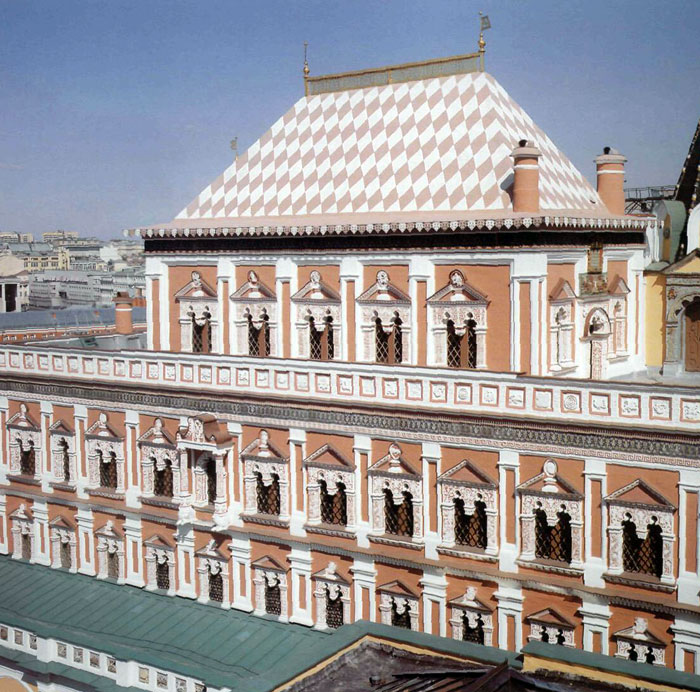
Church of the Ascension of Spaso Prilutsky Monastery
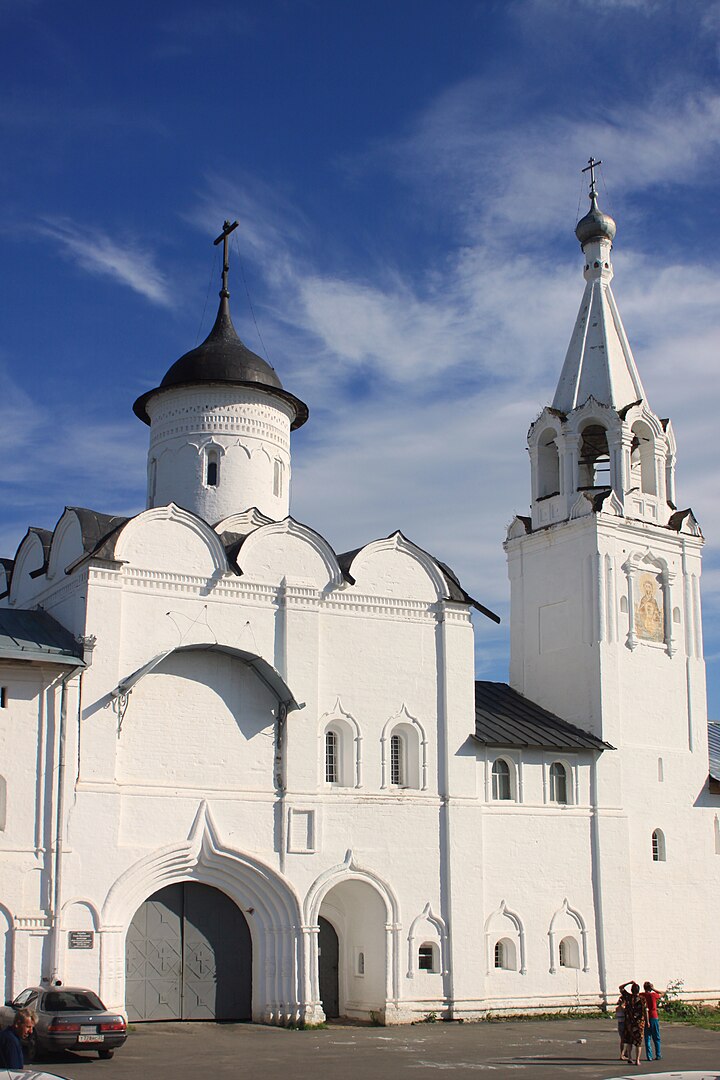
Nolov Monastery
